The season for looking ahead is once again upon us. Last year, we heralded 2022’s arrival by offering our list of the six data science trends that we believed would impact the healthcare and life sciences industries in the coming year. We’re now updating our list for 2023 and expanding the focus to include technologies relevant to enterprises across industries and sectors. These emerging innovations reflect the ongoing developments in established technologies and, in several cases, underscore their interdependence. In addition, these technologies share a common thread as their industrial utility relies heavily upon workforce upskilling and reskilling.
Here are the six top technology trends we anticipate will warrant organizational leaders’ attention in the coming year:
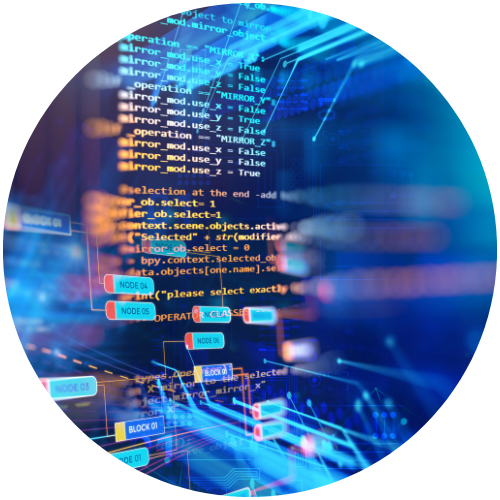
1. AI will endure and continue to evolve.
A perennial favorite for many consecutive years, AI continues to top emerging tech trends lists for a good reason. This renowned technological juggernaut has captured industry resources and imaginations, promising to revolutionize organizations across sectors. AI is just getting started with its delivery of this promise. However, with increasingly accessible platforms, improvements in tools such as natural language processing, and the rise of low-code/no-code AI, this evolving technology will likely offer enterprises more opportunities to unlock its value in the coming year. Look for AI advancements to drive such emerging capabilities as generative and adaptive AI in the year ahead. In addition, AI will power several other notable trends in this year’s list of emerging trends.
2. Web3 will be tested.
Still somewhat vaguely defined, the concept behind Web3 is a next-generation, decentralized, and immersive internet experience that engages the metaverse and blockchain technology. AI plays a significant role in semantic search in Web3 and provides the user with a more accurate understanding of searches and relevant results. The encryption and distributed computing tools that drive such technologies as Bitcoin and NFTs enable Web3 to offer access only through permissions and give users ownership of their identities and data. Consequently, Web3 can potentially eliminate third-party involvement in transactions through the rise of Decentralized Autonomous Organizations (DAOs), which are controlled by their user communities. While doubts and concerns surrounding Web3 persist, the budding internet incarnation has produced notable use cases such as decentralized finance applications (DeFi) and has attracted institutional interest in adopting NFTs to connect with younger consumers. However, Web3 will require connectivity via 5G, which is not yet ubiquitous. In addition, IoT devices will play a role in providing data and engagement.
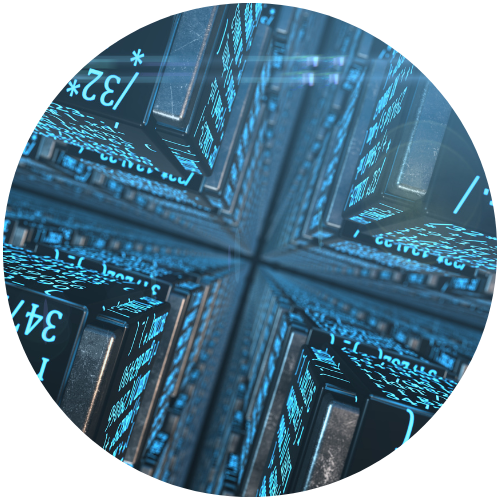
3. Data democratization and governance will continue to rise as priorities.
Data democratization and governance are longstanding data transformation strategies that go hand-in-hand with data science’s expanding reach across organizational segments and roles. Therefore, companies must also invest in these critical cultural and procedural frameworks to leverage the other technologies in this list effectively and responsibly. Empowering teams in all business functions with data access and literacy will continue to climb the ranks of priorities as enterprises increasingly realize the value of a workforce equipped to automate tasks and make data-driven decisions throughout the organization. According to a Harvard Business Review survey in partnership with ThoughtSpot, 87 percent of organizations believe they will be more successful when frontline workers are empowered to make decisions in the moment using data.
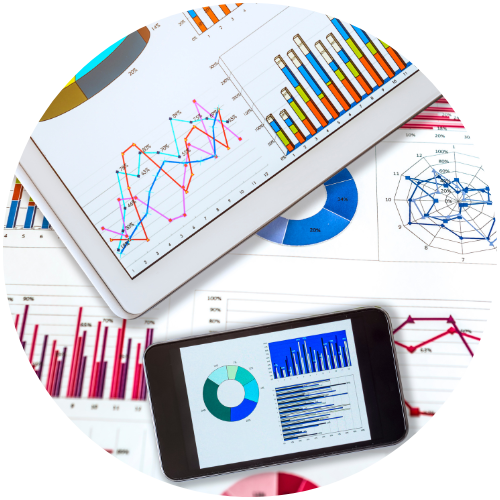
With this escalating data usage and access comes a heightened need for data governance protocols to oversee the collection, storage security, and sharing of growing enterprise data resources. In addition, with mounting regulations worldwide to ensure data security and privacy, data management and audibility will demand ongoing attention across industries. For example, a Gartner prediction estimates that 65 percent of the global population’s data will be covered under modern privacy regulations.
4. Automation will increasingly progress toward autonomous capabilities.
As we move beyond automation, autonomous capabilities can transcend existing systems monitoring capabilities and determine appropriate corrective actions based on insights gathered from interconnected data sources. Innovations such as the IoT will continue to expand possibilities for autonomous systems, ranging from transportation and logistics to vehicles and factories, to advance safety, productivity, and efficiency through smart factories and cities. AI-enabled autonomous capabilities employ AI tools such as machine learning, deep learning, and natural language processing (NLP) to detect issues and prescribe appropriate responses. Examples of autonomous capabilities initiatives include the unmanned maritime autonomy architecture (UMAA), the US Navy’s nascent standard for autonomous code development that will support its Rapid Autonomy Integration Lab projects. In addition, autonomous capabilities will contribute to the rise of autonomous finance.
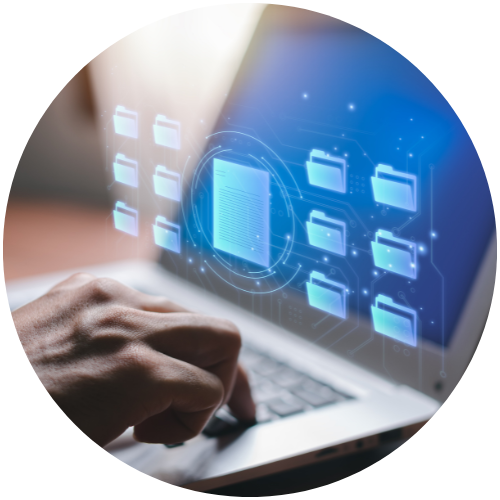
5. IoT will continue to generate personalized care and services.
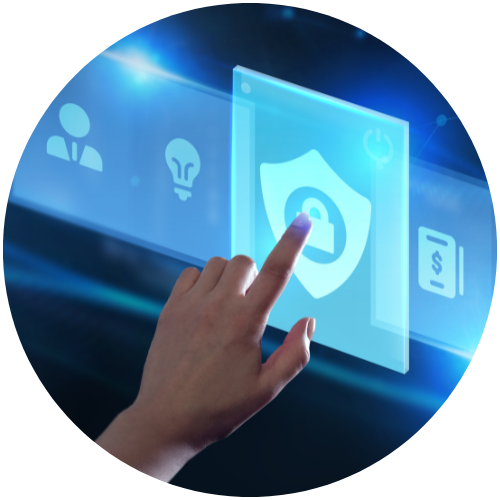
As IoT continues to expand, an increasing number of sensors embedded into devices can be equipped with edge computing capabilities to enable real-time data processing and at-the-source data analytics. McKinsey estimates that the IoT can unlock value totaling $5.5 trillion to 12.6 trillion globally by 2030, projecting that this trajectory will impact settings ranging from factories and healthcare to cities and vehicles, with operations optimization, human productivity, and health topping the list of IoT use cases. For example, wearable gadgets have already carved new pathways in healthcare by gathering and reporting patient data such as heart rate and sleep patterns and can issue alerts about medical events and falls.
The IoT’s increasing efficiency in driving edge computing enables data computation, storage, and communication close to the source, eliminating the need for data to traverse networks and reach the cloud for processing. According to a projection in a Gartner report, an estimated 75 percent of enterprise-generated data will be created and processed outside the confines of a centralized data center or cloud. Further, edge computing’s high-speed computational capabilities can enlist the efficiencies that 5G technology offers to drive advances in today’s other emerging capabilities, such as deep learning and autonomous capabilities.
6. The Metaverse will advance.
While the debate continues over whether the metaverse’s potential enterprise impact will equal its recent hype, it’s clear this technology will make its way into organization’s across industries in the coming year. Mckinsey projects that the metaverse’s value could reach $5 trillion by 2030, noting that it could offer the most significant growth opportunity for several sectors in the next decade. Although many of the anticipated metaverse applications remain aspirational at this point, use cases for process building and collaboration are expanding for enterprise use.
Connecting AI-driven digital twins representing real objects and systems, the metaverse employs augmented reality technologies to enable realistic simulations of environments, circumstances, and events. These virtual scenarios can provide ideal vehicles for corporate training and onboarding, traffic control, equipment maintenance, product development, and supply chain management. In healthcare, potential applications might include mental health care, physical therapy, and weight loss. In addition, through an exciting partnership between Lockheed Martin and NVIDIA, the new Earth Observations Digital Twin will efficiently monitor global environmental conditions for the National Oceanic and Atmospheric Administration (NOAA).

The Skills That Unlock Future Technological Values
These varied trends share standard technological foundations. Therefore, for organizations to realize their full potential value, they must invest in training their workforces to maximize impact and avoid pitfalls while using these tools. Some highly relevant topics that support the successful adoption of these technologies include:
- Data literacy.
- Data science for executives and managers.
- Big data.
- Python.
- Sentiment analysis in NLP.
- R.
- DevOps.
- MLOps.
- Neural networks.
- Deep learning.
As organizational data cultures and skill sets continue to mature, we believe 2023 will be a year when many of the newer tech trends mentioned will have a more visible presence in the field. However, the fundamental data science skills that have helped early adopters thrive will continue to drive the success of forward-thinking enterprises that invest in the tools and training these emerging technologies require.
